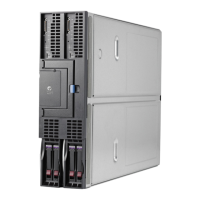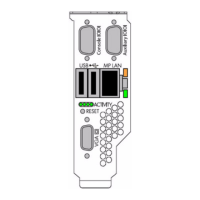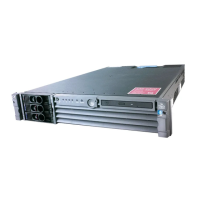Table 4-4 Directed ARP Echo Node Probe REPLY Frame Format (continued)
2 bytes0x002 (ARP response)ARP operation
6 bytes“Echo Node’s MAC Address”Source MAC address
4 bytes“Echo Node’s IP Address”Source IP address
6 bytes“MAC address of Teamed port”Destination MAC address
4 bytes0.0.0.0Destination IP address
4 bytes“varies”Checksum
Directed ARP’s Designated Echo Node:
The Echo Node is a network device that is “designated” by the implementer for use by a
team (with Active Path enabled) to validate network connectivity on a per teamed port basis.
No special software or configuration should be required for a device to function as the Echo
Node. The designated Echo Node simply needs to have an IP address and be physically
located on the same broadcast domain as the teamed ports.
NOTE: Only certain devices can be designated as the Echo Node for Directed ARP because
of the frame format used for Directed ARP’s Echo Node probe request. If a device will not
function as the Echo Node when using Directed ARP, consider utilizing the Community
Address ARP mechanism or using a different device as the designated Echo Node.
If the Echo Node is disconnected from the network or fails to respond to Echo Node probes
for any reason, all teamed ports using the device as an Echo Node will not be able to receive
Echo Node probe replies. When this happens, the teaming driver WILL NOT fail all teamed
ports (in other words, a failed Echo Node will not cause loss of connectivity for the server).
From the team’s perspective, all teamed ports have become equal with regard to Active Path
– none can reach the Echo Node. As a result, the teaming driver will indicate that the teamed
ports are all in the Active Path degraded state (degraded indicates that the port is in use by
the team but isn’t functioning at its optimum level) and are still eligible to be used by the
team. Any teamed port that was previously in the Active Path failed state due to lack of
communication with the failed Echo Node will also be eligible for use and will be reinstated
to the Active Path degraded state, equal to all other teamed ports in that team. Operationally,
the team will continue to work as if Active Path was disabled since the Echo Node is not
available to any teamed port and the Active Path mechanism can no longer be used to select
teamed ports with better network connectivity. However, Active Path will continue to send
Echo Node probe requests in case the designated Echo Node is restored. Future
implementations of this mechanism may have an option for a backup Echo Node.
While the same Echo Node can be used for every server in the broadcast domain, it is not
required. If an implementer chose to, they could designate a different Echo Node for every
server using Active Path.
HP recommends choosing a designated Echo Node that is physically located on the most
important physical segment of the broadcast domain. Since Active Path validates end to
end network connectivity from the teamed port to the Echo Node, the farther the Echo Node
is physically from the server the more network that is validated by Active Path. HP also
recommends choosing an Echo Node that has reliable connectivity to the network. Whenever
the Echo Node is disconnected from the network, Active Path is effectively disabled on any
server configured to monitor the disconnected Echo Node. As stated above, a disconnected
Echo Node will not cause the team to disable all teamed ports.
• Active Path Community Address ARP – Active Path’s Community Address ARP can be
described as a “one-to-many” validation mechanism between the designated Echo Node
and all members in a particular team. This is accomplished by the Echo Node transmitting
a single Echo Node probe reply that is received by all teamed ports configured to monitor
Types of HP Integrity Network Adapter Teams 41
